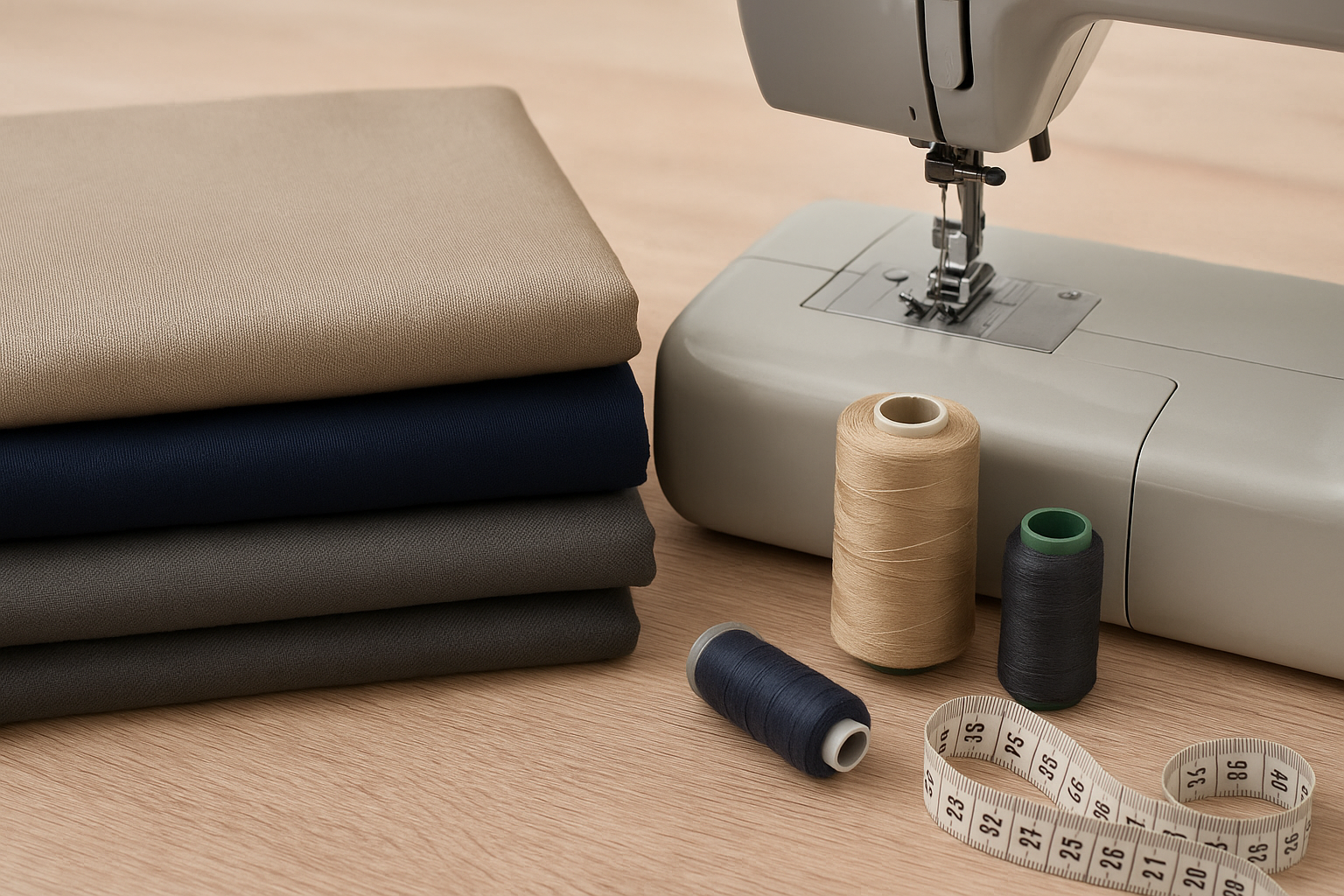How to Make Friendship Bracelets: A Global Guide for All Skill Levels
Friendship bracelets have transcended their humble beginnings as simple string creations to become a global phenomenon. From the intricate patterns of traditional designs to modern, personalized styles, these bracelets hold a special place in many people’s hearts. Whether you’re a beginner or an experienced crafter, this guide will walk you through the process of making friendship bracelets, offering tips and techniques that cater to all skill levels.
The History and Cultural Significance of Friendship Bracelets
The origins of friendship bracelets can be traced back to various cultures around the world. In South America, particularly in Peru, the art of making these bracelets is known as “trenzas” or braids, often used as symbols of love and protection. Similarly, in Japan, the tradition of “fukusa” involves creating small, decorative items that are gifted to friends and family. These cultural practices highlight how friendship bracelets have long been a way to express affection and strengthen bonds.
In the 1970s, the trend gained international popularity with the rise of hippie culture and the use of colorful threads. Today, friendship bracelets are not only a nostalgic craft but also a form of self-expression and creativity. Their versatility allows them to be made using different materials, from traditional embroidery floss to modern synthetic threads.
Gathering Your Materials
Before diving into the creation process, it’s essential to gather the right materials. The most common tools include:
– Embroidery floss: This is the standard choice for friendship bracelets due to its soft texture and vibrant colors.
– Cord or thread: For more advanced designs, thicker cords or specialized threads may be used.
– Scissors: A sharp pair of scissors is necessary for cutting the threads.
– Tape or clips: These help keep the bracelet steady while working on it.
– A loom (optional): A bracelet loom can speed up the process for those who want to create multiple bracelets quickly.
For beginners, starting with a basic set of embroidery floss in different colors is ideal. As you gain experience, experimenting with different materials can add variety to your creations.
Basic Techniques for Beginners
If you’re new to making friendship bracelets, starting with simple patterns is the best approach. Here are some fundamental techniques to master:
1. The Double Knot: This is the most common method for securing the ends of the bracelet. To do this, take two strands of thread and tie a knot, then repeat with another pair of strands.
2. The Loom Method: Using a loom allows you to create complex patterns without the need for intricate knotting. Simply wrap the threads around the pegs and follow a pattern to create the desired design.
3. The Braiding Technique: This involves weaving three or more strands together in a specific sequence. It requires patience and practice but results in a beautiful, textured bracelet.
Each technique has its own learning curve, so don’t be discouraged if your first attempts aren’t perfect. Practice makes progress.
Advanced Designs and Customization
Once you’ve mastered the basics, you can explore more advanced designs. Some popular options include:
– Geometric Patterns: These involve precise measurements and careful placement of threads to create symmetrical shapes.
– Lettering and Symbols: Using specific knots, you can spell out names, initials, or meaningful symbols like hearts or stars.
– Multi-Strand Bracelets: Combining multiple strands of different colors and textures can result in a unique, eye-catching piece.
Customization is where your creativity truly shines. You can incorporate personal elements such as birthstones, charms, or even photographs to make each bracelet one-of-a-kind.
Tips for Success
To ensure your friendship bracelets turn out beautifully, consider the following tips:
– Use consistent tension: Keeping the threads tight but not too tight helps maintain the structure of the bracelet.
– Work in a well-lit area: Good lighting makes it easier to see the details, especially when working on intricate patterns.
– Keep your workspace organized: Having everything within reach reduces frustration and speeds up the process.
– Take breaks: Making bracelets can be time-consuming, so taking short breaks helps prevent fatigue and mistakes.
Sharing and Celebrating Your Creations
One of the most rewarding aspects of making friendship bracelets is sharing them with others. Whether you give them as gifts or display them in your home, each bracelet tells a story. Consider hosting a crafting session with friends or joining online communities to exchange ideas and inspiration.
In conclusion, friendship bracelets are more than just a craft—they’re a way to connect with others and express individuality. With the right tools, techniques, and a bit of patience, anyone can create a beautiful piece that holds meaning. So grab your threads, get creative, and start making memories with every bracelet you craft.
